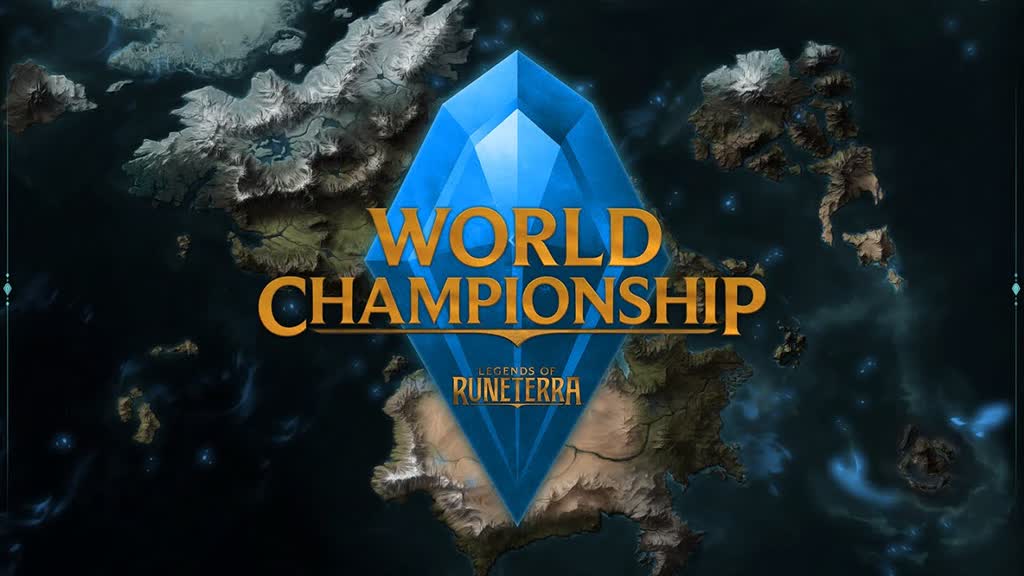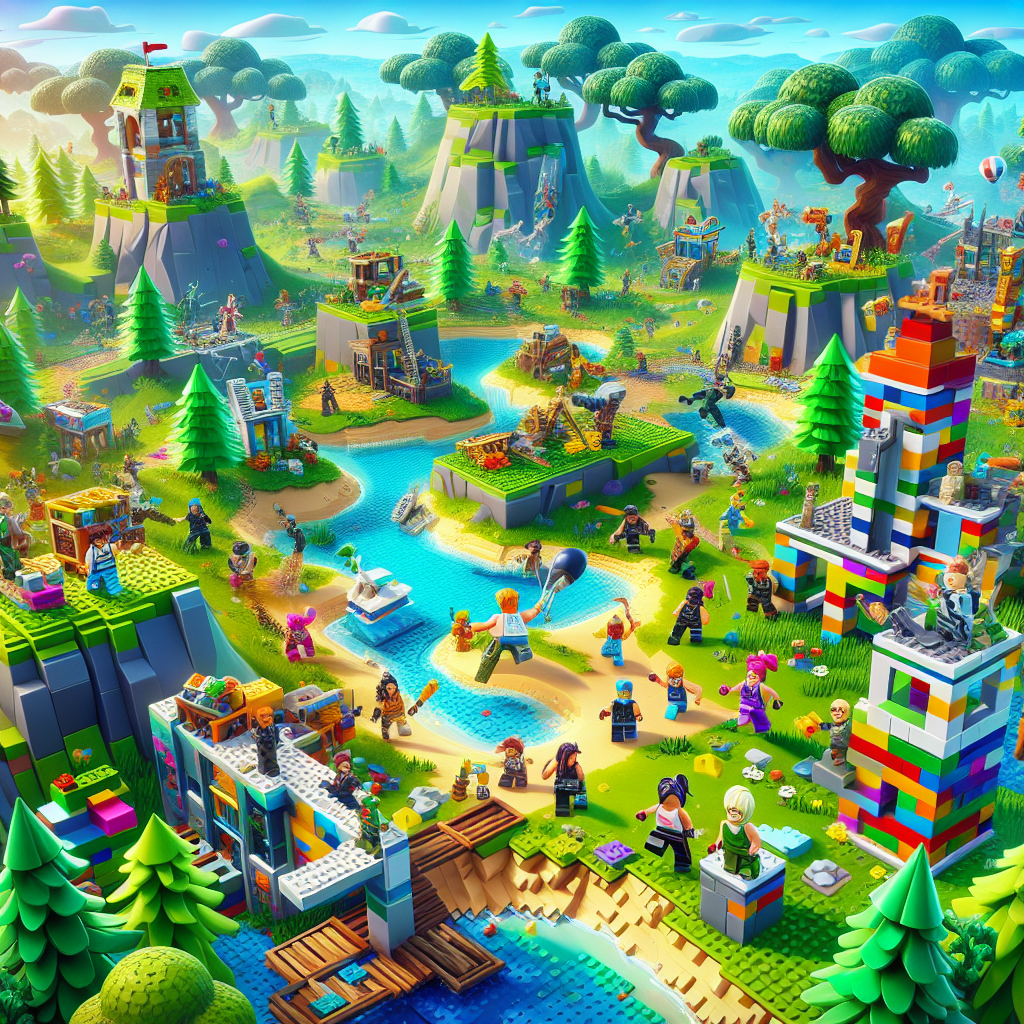At the League Arena in Shanghai Hongqiao, the Shanghai home venue for the League of Legends LPL, a closed preview summit for “Legends of Runeterra” was held. Due to strict confidentiality measures, only exterior photos were allowed. Previously, at the “Teamfight Tactics” Macau Open, I had the chance to try an early version of this game. Its gameplay is quite mature: accumulating mana, summoning units, and then using those units to battle. The core rules are similar to other TCGs or CCGs, but the biggest feature is that all battles take place on battlefield cards, where controlling or defending the battlefield earns points and ultimately leads to victory.
Five months ago, I detailed the gameplay of “Legends of Runeterra,” noting that its art and card UI needed improvement. However, the new version has almost completely revamped the original design. Leveraging Riot Games’ expertise in aesthetics and art resources, the most obvious shortcomings have been turned into strengths. Yet, these improvements are not the main focus; the tournament layout revealed at the preview summit is the most impressive aspect.
Su Zhili, Riot Games’ Global Vice President and Head of Esports in China, explained the tournament plans for “Legends of Runeterra.” As one of the world’s most successful esports organizers, Riot’s extensive experience is directly applied here. The tournament system includes four major regions across the country (East, South, West, North), Bronze/Silver/Gold ranking points, and a multi-level tournament structure, showcasing mature professional operations. Notably, the tournaments will offer cash prizes instead of just champion cards, which is expected to promote true professionalism, similar to the success of “Teamfight Tactics” and “TFT: Teamfight Tactics.”
Simultaneously, the English version trial event in Los Angeles demonstrated overseas players’ enthusiasm, with high prices for Chinese pre-constructed decks on eBay confirming global anticipation. The preview summit gathered representatives from well-known card shops nationwide. Their concerns, such as distribution volume and support for university tournaments, reflect Riot’s emphasis on tournament implementation. The symbiotic nature of the TCG market means new games can increase card shop competition frequency and consumption channels. Backed by Riot’s resources, “Legends of Runeterra” may bring a brand-new tournament experience, eagerly awaited by both players and card shops.

